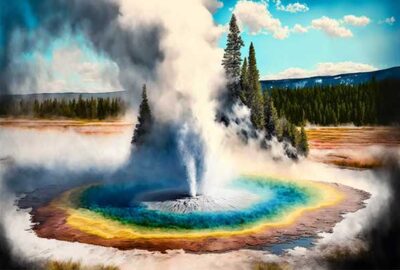Hydrothermal vents are fascinating and unique ecosystems located deep in the ocean, where hot water and minerals spew out from the seafloor. While these vents may seem inhospitable to most forms of life, they actually support a surprising diversity of organisms, many of which are found nowhere else on Earth.
One of the ways in which hydrothermal vents contribute to the biodiversity of the ocean is by providing a unique habitat for extremophiles – organisms that thrive in extreme conditions. The high temperatures, extreme pressure, and toxic chemicals surrounding hydrothermal vents create an environment that is unsuitable for most life forms, but some species of bacteria, archaea, and animals have evolved to thrive in this harsh environment. These organisms have developed specialized adaptations to survive in the extreme conditions, such as heat-resistant enzymes, chemosynthesis (using chemicals rather than sunlight to produce energy), and symbiotic relationships with other species.
In addition to supporting extremophiles, hydrothermal vents also provide a source of nutrients for other organisms in the ocean. The minerals and nutrients released from the vents can create a “chemosynthetic oasis” in an otherwise barren part of the ocean floor, providing a food source for a variety of animals, including tube worms, crabs, and giant clams. These organisms in turn provide food for other species, contributing to the overall biodiversity of the ocean.
Another way in which hydrothermal vents contribute to the biodiversity of the ocean is by serving as a “hotspot” for the evolution of new species. Because hydrothermal vents are isolated from other parts of the ocean, they provide a unique environment for species to evolve and adapt over time.



